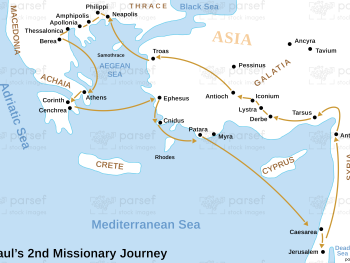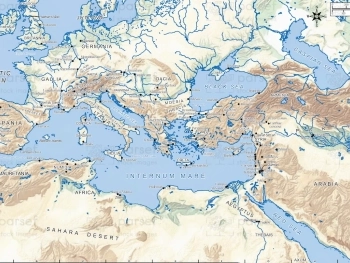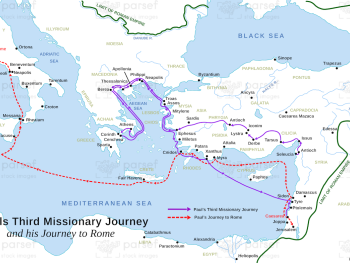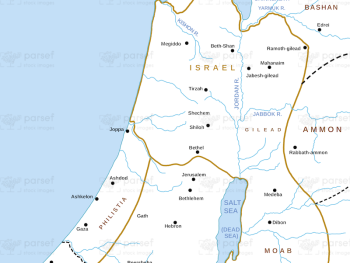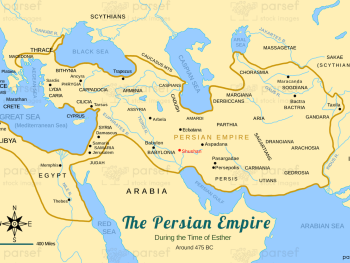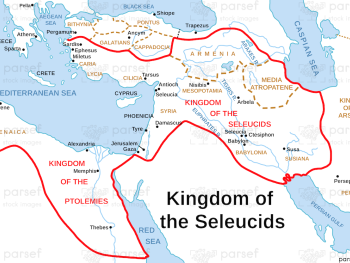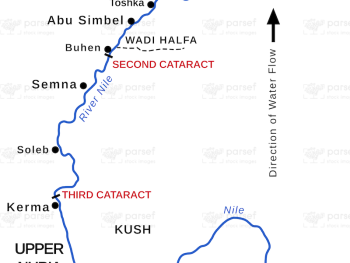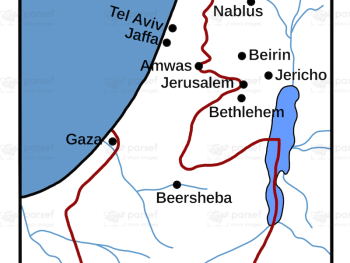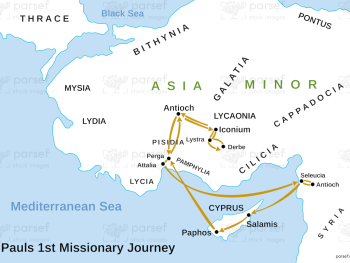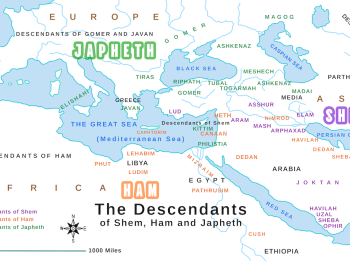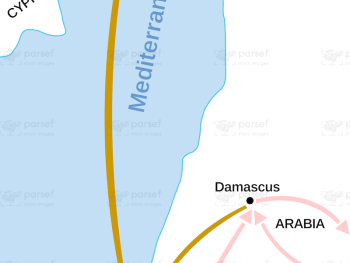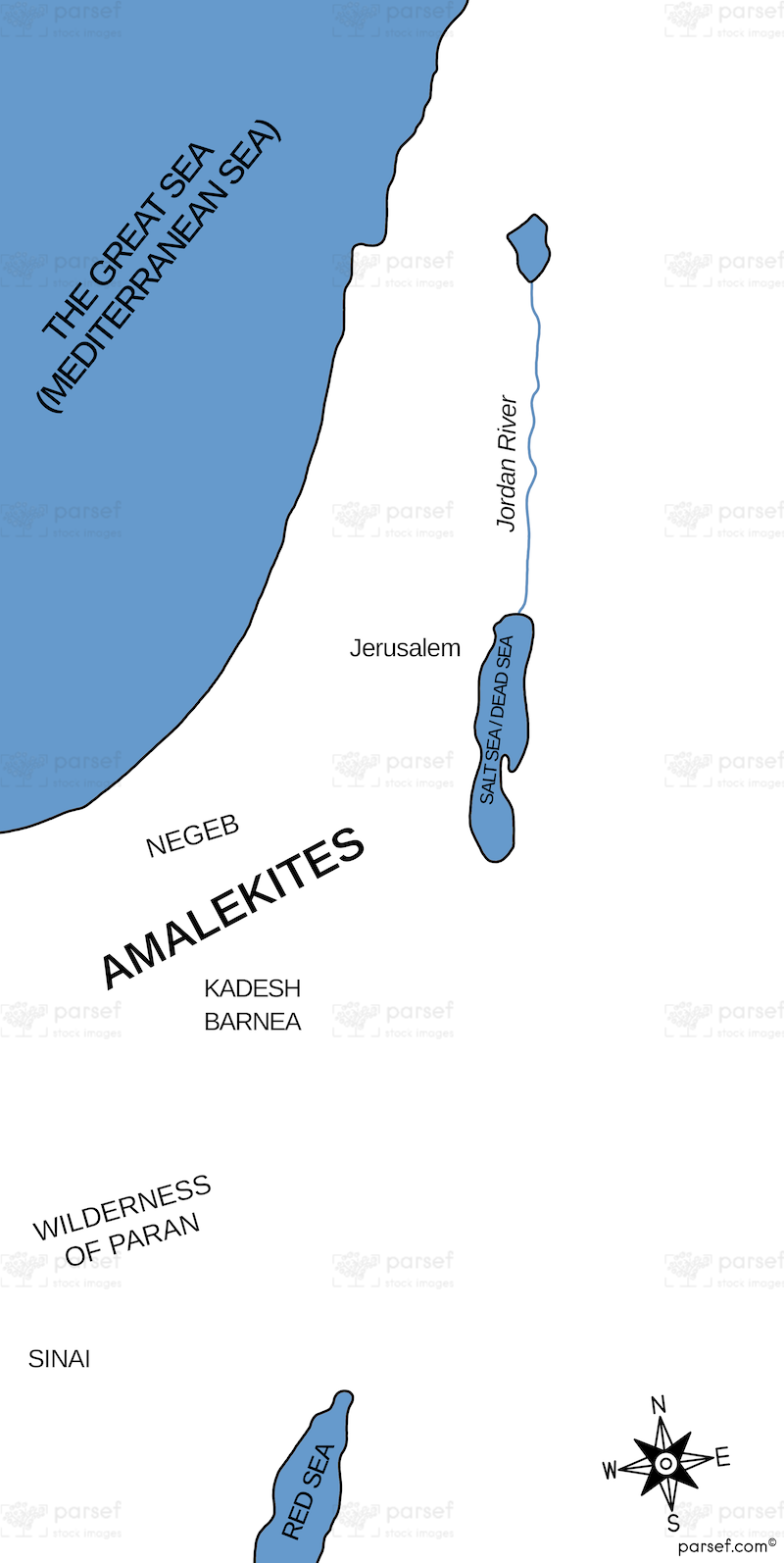
The Amalekites hold a significant yet enigmatic place in ancient history, primarily known through biblical narratives as a nomadic people who clashed repeatedly with the Israelites. Their story, woven into the fabric of the Old Testament, offers a glimpse into the complex tribal dynamics of the ancient Near East. Central to understanding their role is the Amalekites Territory Map, a conceptual tool that helps modern scholars and readers visualize the geographical scope of their influence and interactions. This article explores the historical context of the Amalekites, their territorial reach, and their enduring legacy.
Origins and Identity
The Amalekites are traditionally identified in the Bible as descendants of Amalek, a grandson of Esau, who was the son of Isaac and brother of Jacob (Genesis 36:12, 16). This lineage ties them to the Edomites, a people associated with the region south of the Dead Sea. However, their origins are debated, as references to them appear earlier in Genesis 14:7, where the "field of the Amalekites" is mentioned during a campaign in Abraham’s time—before Amalek’s birth. Some scholars suggest this is a proleptic reference, naming the region after its later inhabitants, while others propose the existence of an earlier, unrelated Amalekite group that merged with the Edomite branch over time.
As a nomadic tribe, the Amalekites were not tied to a single, fixed settlement but roamed across a broad expanse of desert and semi-arid land. Their lifestyle—reliant on flocks and herds—mirrored that of other pastoral groups in the region, such as the Midianites and Ishmaelites. Their wealth lay in mobility, allowing them to exploit the harsh landscapes of the southern Levant and beyond.
The Amalekites Territory Map
The Amalekites Territory Map is not a surviving artifact from antiquity but a modern reconstruction based on biblical descriptions and historical analysis. It typically depicts their domain as stretching across the Negev Desert in what is now southern Israel, extending into the Sinai Peninsula and parts of northern Arabia. Key biblical passages provide clues to this range:
- Numbers 13:29 describes the Amalekites as dwelling "in the land of the south," alongside other tribes like the Hittites and Canaanites.
- 1 Samuel 15:7 recounts Saul’s campaign against them "from Havilah as far as Shur, which is east of Egypt," suggesting a territory spanning from the eastern deserts near the Euphrates to the wilderness near Egypt’s border.
- 1 Samuel 27:8 notes David’s raids on the Amalekites in a region extending "from of old as far as Shur and Egypt," reinforcing their presence in the Negev and Sinai.
This map places the Amalekites in a strategic yet vulnerable position. Their territory overlapped with trade routes and bordered the lands of more sedentary powers, such as Egypt and Edom, making them both raiders and targets. The wilderness of Shur and the Negev offered natural defenses but limited resources, shaping their reputation as a fierce, opportunistic people.
Conflicts with the Israelites
The Amalekites’ historical significance is most vividly captured in their role as adversaries of the Israelites. Their first recorded encounter occurs in Exodus 17:8-16, shortly after the Israelites’ escape from Egypt. At Rephidim, near Mount Sinai, the Amalekites launched an unprovoked attack on the weary travelers. Under Moses’ leadership and Joshua’s command, the Israelites repelled them, but the event left a lasting mark. God declared an eternal enmity, vowing to "blot out the memory of Amalek from under heaven" (Exodus 17:14).
This hostility persisted across centuries. Deuteronomy 25:17-19 recalls how the Amalekites targeted the weakest Israelites—those "lagging behind"—during the Exodus, an act of cowardice that fueled divine and human retribution. Later, they allied with Canaanites (Numbers 14:45), Moabites (Judges 3:13), and Midianites (Judges 6:3) to harass Israel, often striking at agricultural settlements to destroy crops and livelihoods.
The decisive blows came under Israel’s early kings. Saul, tasked with annihilating the Amalekites (1 Samuel 15:2-3), defeated them but spared their king, Agag, and livestock, an act of disobedience that cost him God’s favor. David, in contrast, pursued a relentless campaign, routing Amalekite raiders who had plundered his camp at Ziklag (1 Samuel 30:1-17) and further weakening their power. By the time of Hezekiah (circa 700 BCE), only a remnant remained, which the Simeonites eradicated at Mount Seir (1 Chronicles 4:42-43).
Decline and Legacy
Archaeological evidence of the Amalekites is scarce, a reflection of their nomadic nature and the lack of permanent settlements. After the northern kingdom of Judah conquered the Negev in the 10th century BCE, they vanish from historical records as a distinct entity. Some scholars suggest they were absorbed into neighboring tribes, such as the Edomites or Kenites, while others see their end as a result of sustained Israelite campaigns.
Their legacy, however, endures symbolically. In Jewish tradition, the Amalekites represent an archetypal enemy, embodying evil and opposition to God’s people. This is epitomized in the story of Haman, the Agagite villain of the Book of Esther, whose descent from an Amalekite king ties him to this ancient feud. The command to "blot out the memory of Amalek" (Deuteronomy 25:19) has been interpreted both literally and spiritually across Jewish and Christian thought, inspiring debates about its ethical implications.
The Amalekites Territory Map serves as a vital lens through which to view this elusive people. It anchors their story in the rugged landscapes of the Negev, Sinai, and beyond, illuminating their role as nomads caught between survival and conflict. Though their physical presence faded millennia ago, the Amalekites remain a potent symbol in religious and historical discourse, their territory a silent witness to a vanished chapter of the ancient world. Through careful study of biblical texts and the geographies they describe, we can piece together their past, even as the sands of time obscure their final resting place.
